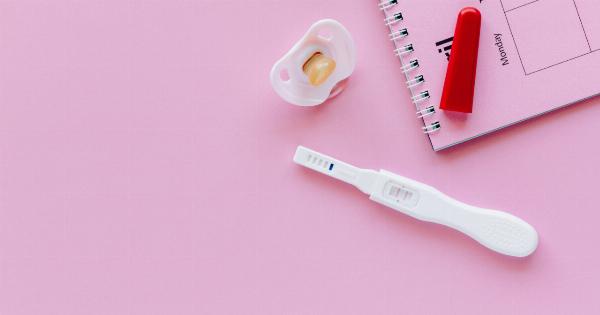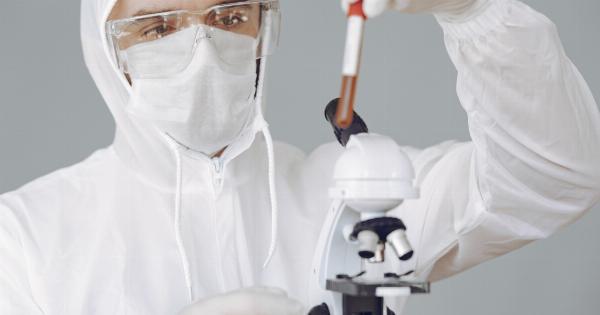Assisted reproductive technologies (ART) provide viable options for couples experiencing infertility. Two of the most common ART treatments are in-vitro fertilization (IVF) and endometrial insemination (EI).
In this article, we will compare the two treatments – their processes, success rates, and what they entail.
What is IVF?
IVF stands for in-vitro fertilization. It involves taking eggs from a woman’s ovaries and fertilizing them outside of her body in a laboratory dish.
Sperm are introduced to the dish to fertilize the eggs, and the resulting embryos are monitored for several days until they become strong enough to be transferred back into the woman’s uterus.
What is Endometrial Insemination?
Endometrial insemination, or intrauterine insemination (IUI), is the process of injecting prepared semen into a woman’s uterus using a syringe. The semen is washed to remove any impurities or dead sperm and then inserted into the uterus.
Differences in Process
The processes of both treatments differ significantly. IVF involves more invasive procedures, such as egg retrieval, fertilization outside the body, and embryo transfer.
Endometrial insemination, on the other hand, is less invasive and does not require egg retrieval or embryo transfer.
IVF begins with stimulation of the ovaries to produce multiple eggs, which are then retrieved through a small procedure. The eggs are then fertilized outside the body with sperm.
After three to five days, the strongest embryo(s) are selected and transferred back to the woman’s uterus. Endometrial insemination involves monitoring the woman’s menstrual cycle, and when ovulation occurs, injecting the prepared sperm directly into her uterus.
Success Rates
Both IVF and endometrial insemination have varying rates of success. The success of IVF depends on factors such as a woman’s age, the reason for infertility, the quality of the sperm and eggs, and the number of embryos transferred.
According to the American Pregnancy Association, the success rate of IVF with fresh embryos in women under 35 is around 40%, while the success rate for women over age 40 drops to around 11%.
The success rate of endometrial insemination also depends on factors such as a woman’s age, reason for infertility, and the quality of the sperm and eggs used.
According to the American Pregnancy Association, the success rate for endometrial insemination is between 5-20% per cycle but may increase to up to 80% after six cycles.
Differences in Costs
IVF is generally more expensive than endometrial insemination. The cost of IVF varies depending on factors like the clinic, the region, and the number of cycles required.
On average, the cost of one cycle of IVF in the United States is around $12,000, with additional costs for medications, monitoring, and other services that may be required.
The cost of endometrial insemination is usually lower than that of IVF. The cost of endometrial insemination is around $300-$1000, with additional costs for monitoring and medications.
Risks and Side Effects
Both IVF and endometrial insemination have potential risks and side effects that couples should consider before deciding on a course of treatment.
IVF may lead to risks such as ovarian hyperstimulation syndrome (OHSS), multiple pregnancies, and ectopic pregnancies. Additionally, IVF requires medications and procedures that may have side effects, including mood swings, hot flashes, and bloating.
Endometrial insemination has very few risks and commonly only causes minor discomfort to the woman during the procedure. However, some women may experience cramping or light bleeding after the procedure.
What Should You Choose?
The choice between IVF and endometrial insemination depends on several factors, including the reason for infertility, the age of the woman, and the couple’s financial situation.
Couples should talk with their doctors and consider many factors before deciding on a course of treatment.
The Bottom Line
IVF and endometrial insemination are two viable options for couples experiencing infertility. Each approach has its benefits, drawbacks, and success rates.
Couples should consult with their doctors and consider all the factors to determine what the best option is for their unique situation.































